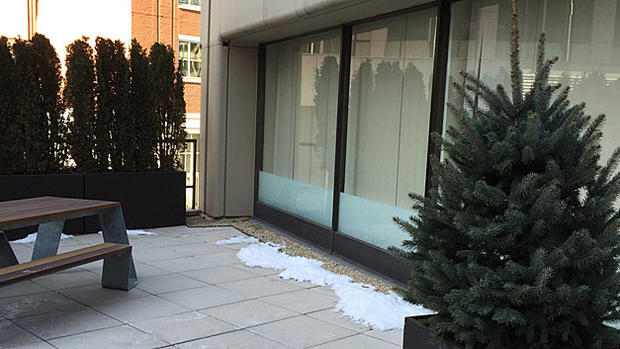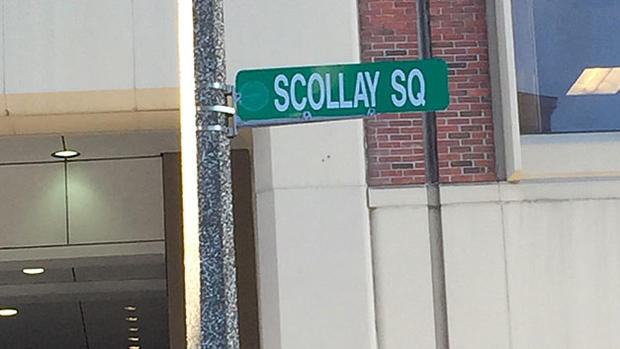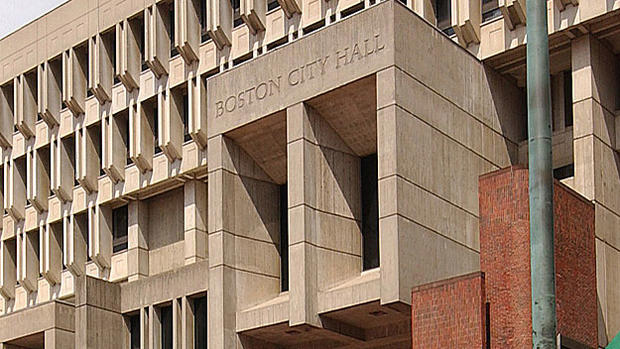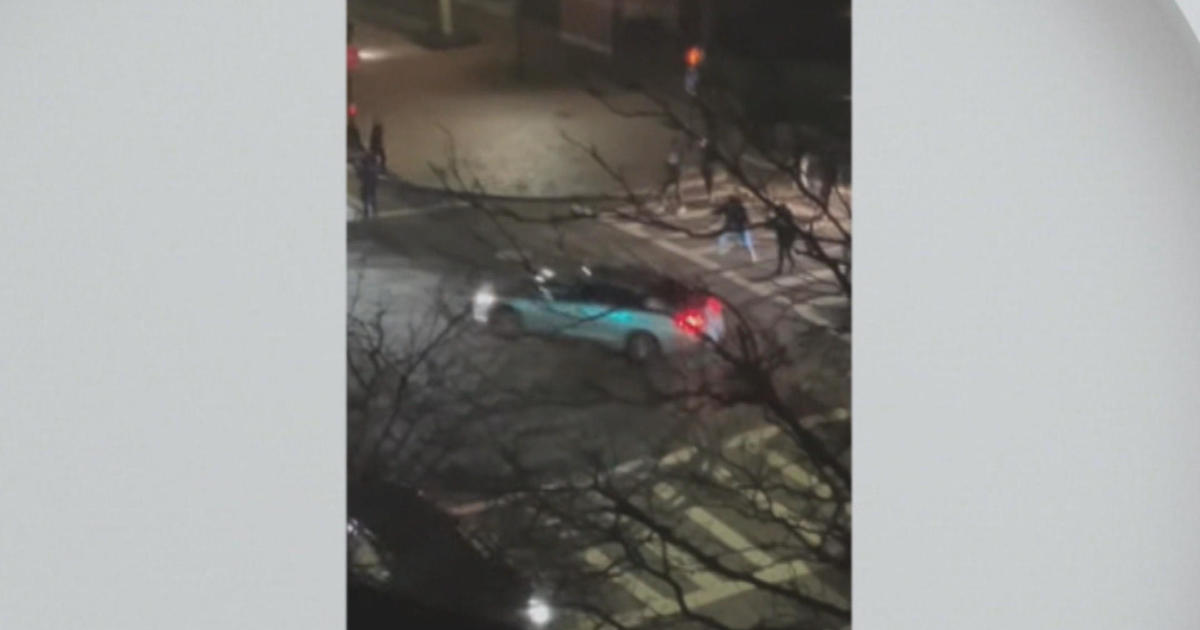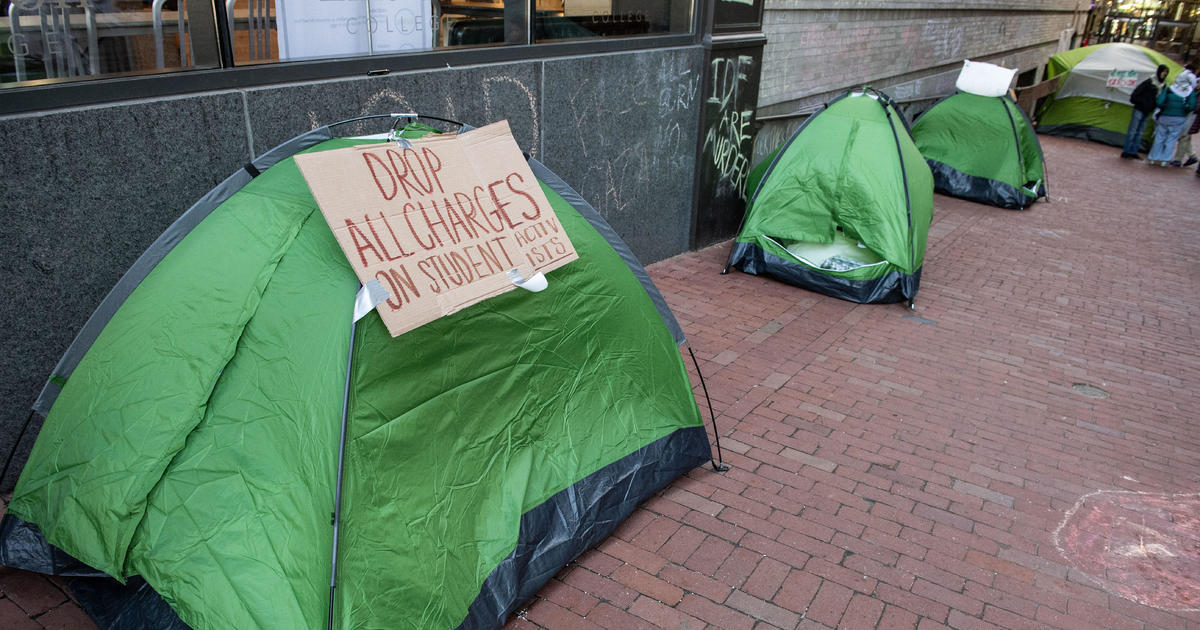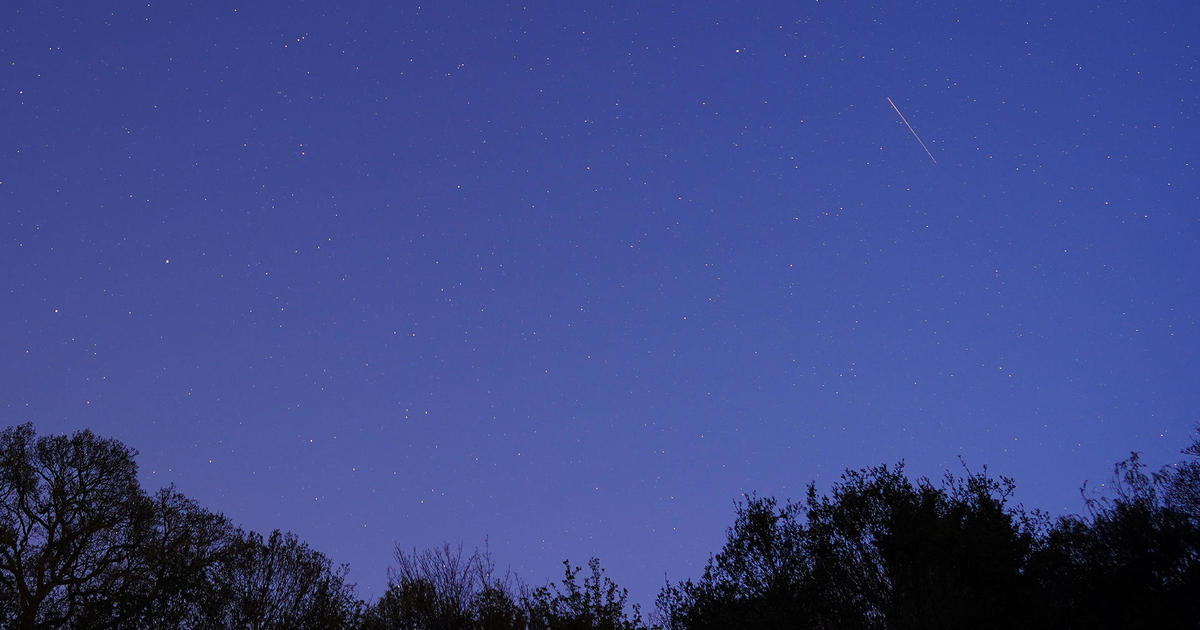Boston's Lost Landmarks: The Golden Teapot
BOSTON (CBS) - Boston's colorful history is the stuff of books and legends. Many of the city's landmarks are well known. There are the stops along the Freedom Trail, Paul Revere's house, The Old North Church, The Bunker Hill Monument and the USS Constitution, just to name a few.
But how about the spot marking the Old Howard Theater?
How about the unmarked site of Dr. Zabdiel Boylston's home at the base of Boston City Hall? Boylston was instrumental in the development of the small pox vaccine.
Then, there is the Golden Teapot on Court Street that hangs above what is now a Starbucks. If you ask people walking under the Teapot, many are unaware of its history.
One woman says she looks at it every day. "The only thing I know is that it's always blowing and it's been there a long time," she told WBZ NewsRadio 1030.
Dave Kruh is a Boston history buff who has written books about what used to be called Boston's West End.
He says the Teapot dates back to 1871. It was placed above what was once The Oriental Tea Company.
"One of the reasons they hung that tea kettle up there, and the reasons a butcher would hang a picture of a cow, or a baker would hang a big representation of a pie, is because Boston was becoming a city of immigrants. Many of those immigrants didn't speak English and so for the purveyors of their wares to tell people what they were shopping for, they would hang representations, and so the tea kettle, for generations of Bostonians, told them where they could buy some of the finest tea in Boston," Kruh told WBZ.
The area became known as Scollay Square. It was a sailor's port of call housing restaurants, tattoo parlors and burlesque houses like the Old Howard Theater.
The Old Howard was built as a church in 1843 and eventually became a popular theater. John Wilkes Booth was one of the actors who performed there. It closed in the 50's and ten years later, a fire prompted the city to order it torn down.
"If you want to know what Scollay Square looked like, go to the North End and experience the narrow streets and the brick buildings and the bustle of a small urban environment," said Kruh.
Boston City Hall Plaza, which took Scollay Square's place in 1968, has had more detractors than admirers over the years.
"The best quote about this building is that it looks like the crate Faneuil Hall came in," quips Kruh.
There have been plans proposed through the years to tear it down. At minimum, current Mayor Marty Walsh wants to breathe some life into it. Kruh isn't holding his breath.
"Take a look around you and what do you see?" asks Kruh. "You see just a lot of red brick. The beautiful fountain that used to sit at the bottom of the JFK Building has been completely paved over because there is just no reason to come here. This is a place you walk through and not a place you come to," notes Kruh.
No one feels the change more keenly than Bob Andrews, who used to live in the West End.
"It was the greatest neighborhood this side of heaven," he recalls.
We'll visit Andrews old stomping ground in part two.
Listen to Part 1
